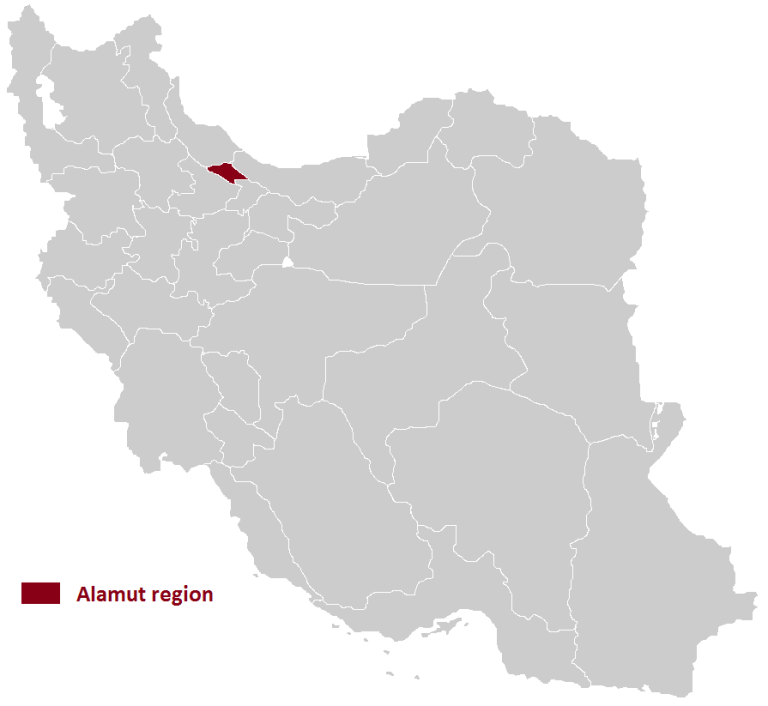
Where is Alamut Valley?
Alamut Valley is the name of a region in northern Iran. It is a valley at the southern shoulder of the Alborz mountain ranges, between Qazvin and Caspian sea.
This valley is an area of 70 kilometers in length and 30 kilometers in width.
Alamut Valley from the northwest borders Gilan Province and from the northeast connects to Mazandaran Province of Iran.
From Qazvin with the elevation of 1300 meters above sea level, you will move towards the north, reaching 2300 meters of elevation in your first ascend by car. From this point, you will see Alamut Valley. Then via the same road, you will descend to the bottom of the valley to the elevation of 800 meters, then ascend again in different spots.
There are 300 villages in Alamut Valley, most of them residential all year round.
Alamut is (politically) divided into east Alamut and West Alamut. The central town for the east Alamut is Mo’allem Kelayeh. The central town of the west Alamut is called Razmian.
You can find administrative and service centers like banks, clinics, pharmacies, post offices, and gas stations only in these two towns.

What does “Alamut” mean?
Alamut (Persian:الموت ) (should not be mistaken by the Arabic word for “death” i.e. Al-mot (الموت), means the nest of the eagle.
In old Persian, “Ale” means “nest” and “Amoot” means “eagle”. The time passes and Ale Amoot changes into Alamut.
The name originally was chosen for the castle of Alamut when a Seljuk king was wandering in Alamut Valley to find a good spot to build a castle in the mountains. He saw an eagle circling on the top of a high, rocky mountain. Then he thought that could be a good spot to build a castle and named it Alamut Castle. Later that castle happened to be taken by Hasan Sabbah, the first leader of the Assassins (Ismailis) in Iran.
The Valley was named Alamut after the castle name.
When visiting Alamut, have your eyes on the sky. Most probably you will see eagles circling above your head.
The most common type of eagle in Alamut is the Golden Eagle.
Alamut Valley is historically also called “Rudbar Alamut”. This name was taken from the famous longest river of Alamut i.e. Shahroud.
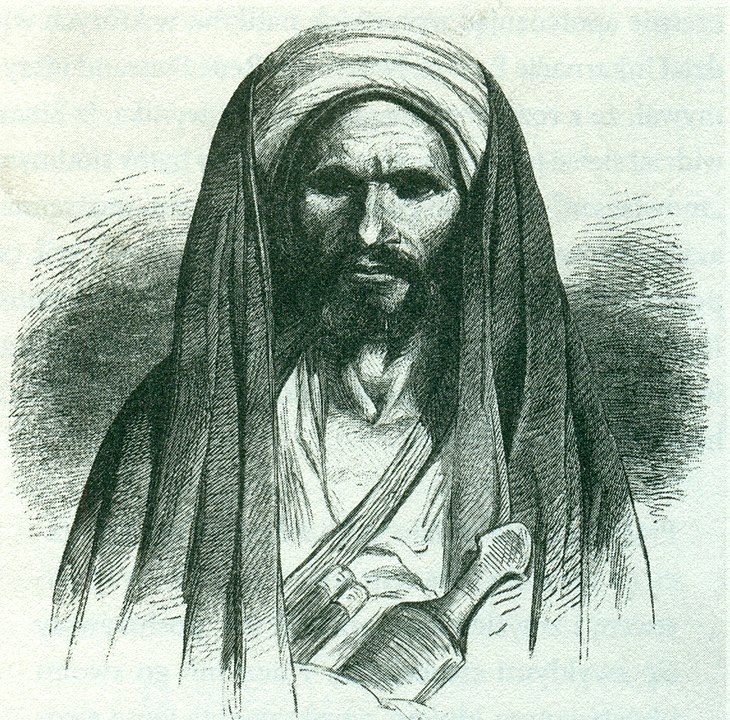
What is the history of Alamut Valley?
Even though we don’t have any documents on this subject, most probably, Alamut Valley was the home of the cavemen in the early ages of human life.
If you go to the Canyons of Andaj, you will see caves and shelters. As with the rivers and water always available, and the wild animals to hunt, therefore Alamut Valley could be the home for early human beings.
Alamut Valley is the early home for the Nizari branch of Ismailis. In the 11th century, a “da’ee” i.e. inviter of the Ismailis named Hasan Sabah, started his revolutionary movement against the central government (Seljuks) and the Abbassid Khallifate in Baghdad.
He took over the castle as his base and the headquarters to empower the invitation to Ismailis religion and at the same time to have a stronghold against his enemies. This castle is called Alamut Castle.
Later his men constructed a relatively larger castle in west Alamut, close to Razmian town. This castle is called Lambesar and was the most military castle of the Assassins in Alamut.
When the time passed, the Assassins could construct over 50 castles in Persia, most of them in Alamut Valley.
In the 13th century, the Mongolians as led by Hulaku khan (the grandson of Changiz Khan) could take over the whole valley. The castles were down one by one, and hence the Ismailis or Assassins movement of Persia came to an end.
In more recent decades, during the Second World War, Russia occupied northern Iran. One of the strategic bases for the Russians was Alamut Valley. The Alborz mountain range played the role of a defensive stronghold for the Russians against the British army in the center and the south of the country.
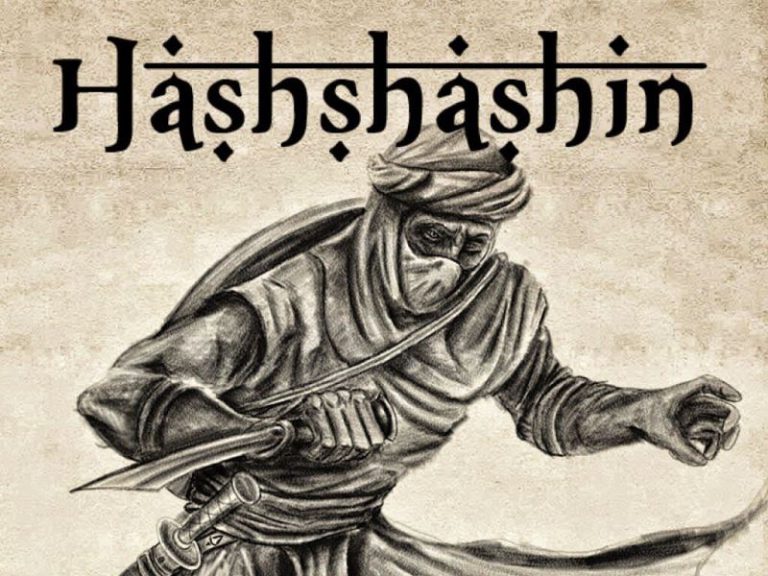
Assassins, Hashashin or Ismailis?
Alamut Valley was the home of the Ismailis. This branch of Ismailis called Nizari was imported and empowered by Hasan Sabbah in Iran.
Ismaili religion was founded in the 8th century after the death of Imam Sadegh, the 6th Imam of Shia Islam.
Almost one century later, Ismailis were able to build up a dynasty named Fatimid. Fatimids who had their bright time in Cairo of Egypt were one the main powers of that era in the world.
During different wars, the Ismailis faced the crusaders from the west. The crusaders were not able to analyze the willingness of the Ismailis for being killed for their beliefs, so they came up with their own version of reasoning. They imagined of hashish, wine, and free sexual relations as the main motivation for the Ismailis. They thought the Ismailis smoked hashish and were taken to the hidden garden of Alamut to have intercourse for some days. When they were back from the garden, they were ready to kill their main enemy roles or assassinate them.
As the bottom line, Assassins and Hashashins are the nicknames given to Ismailis by crusaders at the time.

What are the legends about Alamut and the Assassins?
There are many legends regarding the Ismailis of Alamut Valley.
Hashish and the Assassins
The first legend is the Hashish and the Assassins story. The Ismailis were called Hashashis since they smoked hashish. When they were high, the crew took them to a hidden garden. In that hidden garden or paradise, the newcomer soldiers were free to have free sexual intercourse and drink wine for 3 days. These actions were and still are forbidden in Islam, and were a great prize for the soldiers to “assassinate” the targets.
In the modern English language, the word “Assassin” etymologically has its root in Alamut Valley. The hashish users or ” Hashashin”, after getting high, were “assassinating” their enemies.
So, the legends of The Assassins and the Hashashins are practically having the same root.
Fedayiis
The second legend is the “order and the Fedayiis”.
Fedayi in Arabic and in Farsi means “someone who is willing to sacrifice himself for his beliefs”.
According to this legend, the soldiers of Hasan Sabah believed in him so much that they never questioned his orders.
Once when a Seljuk king wanted to make Hasan Sabah drop his sword, he sent a missionary to him to the castle in Alamut Valley. Hasan Sabah in response called three of his men i.e. the Fedayiss.
He ordered one of them to jump off of the castle. The Fedayi soldier did right away and he killed himself by jumping off the cliff of Alamut Castle.
Then Hasan ordered the second Fedayi to kill himself with a dragger. No question that he followed right away. And finally, Hasan called the 3rd soldier to suicide in the cistern of the castle by drowning himself to death. The soldier carried out the order with no hesitation.
With these orders, Hasan Sabbah could send a message to the Seljuk king to leave the Ismailis alone for some time.
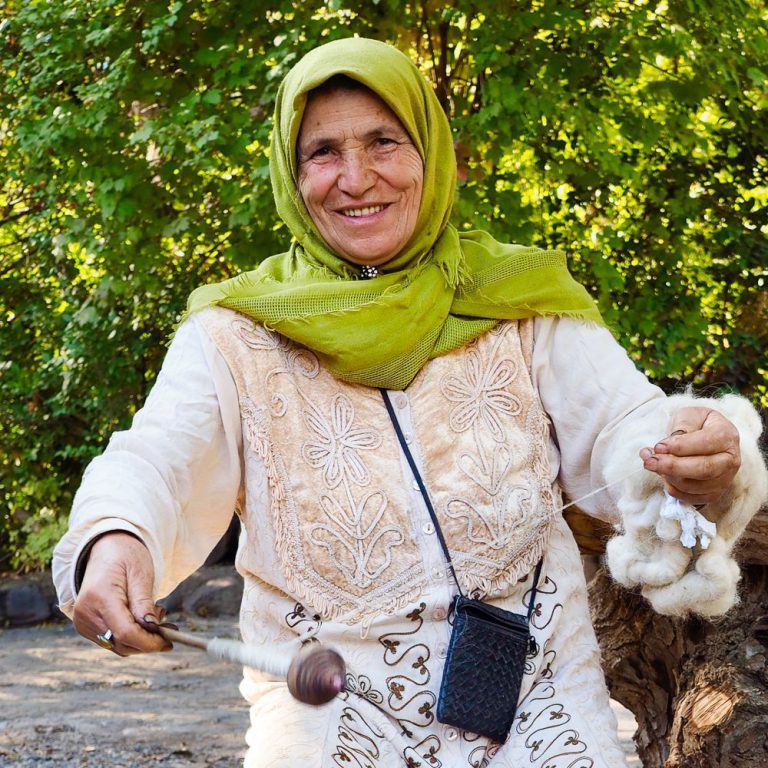
What is attractive about Alamut Valley?
Alamut Valley is amongst the 16 top attractions of Iran. According to many guide books (like Lonely Planet), if you travel to Iran, better not to miss visiting or hiking in the home of the first Assassins of the planet!
Alamut Castle, as being historically unique and known to the world, is only 100 kilometers away from Qazvin. The distance from Tehran to Qazvin is appx. 2 hrs. Even though it may be compressed, by starting from Tehran at 6:00 a.m. in the morning, you can visit Alamut Castle and the Canyons and be back to Tehran or Qazvin in the evening.
Alamut Valley offers you nature; pure nature with nice mountains. Alamut has 4 peaks of over 4,000 meters above sea level. We have the second-highest peak in Iran named Alamut Kooh with 4,860 meters in North East of the valley.
I happened to once see a bear. A young (maybe 2 years old) black bear.
There are leopards in Alamut Valley, even though very difficult to see them.
Snakes and lizards (agama) can be frequently found in Alamut. Ibex and wild goats are quite common.
Alamut Valley is a mountainous village zone in northern Iran. Then, you will have the opportunity to explore village life and culture, and agriculture in Alamut.
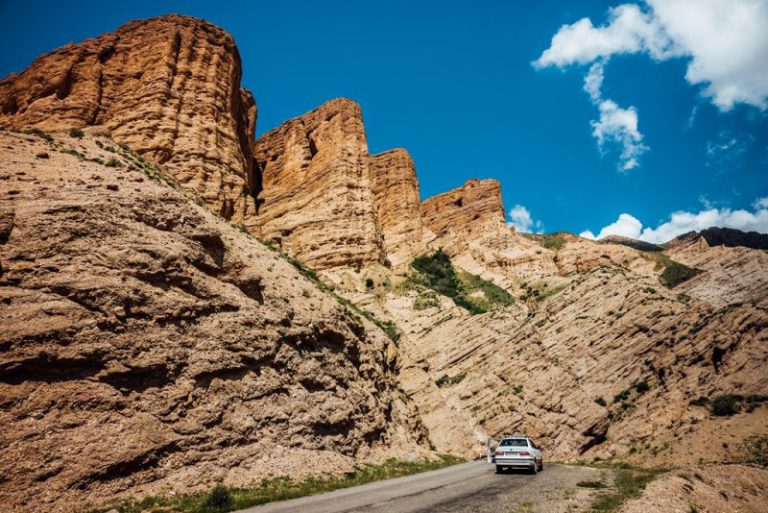
What is unique about the nature in Alamut Valley?
Alamut Valley has one of the best natures in Iran.
If you have the time and the chance for hiking in Alamut, please do it. Most probably you will see wildlife. Plenty of birds like eagles, bee-eaters, European rollers, crested larks, partridges, and possibly bearded vultures.
I happened to once see a bear. A young (maybe 2 years old) black bear.
There are leopards in Alamut Valley, even though very difficult to see them.
Snakes and lizards (agama) can be frequently found in Alamut. Ibex and wild goats are quite common.
In the Canyons of Andaj in Alamut valley, you will see some unique rock formations that you cannot find similar ones in the whole country.
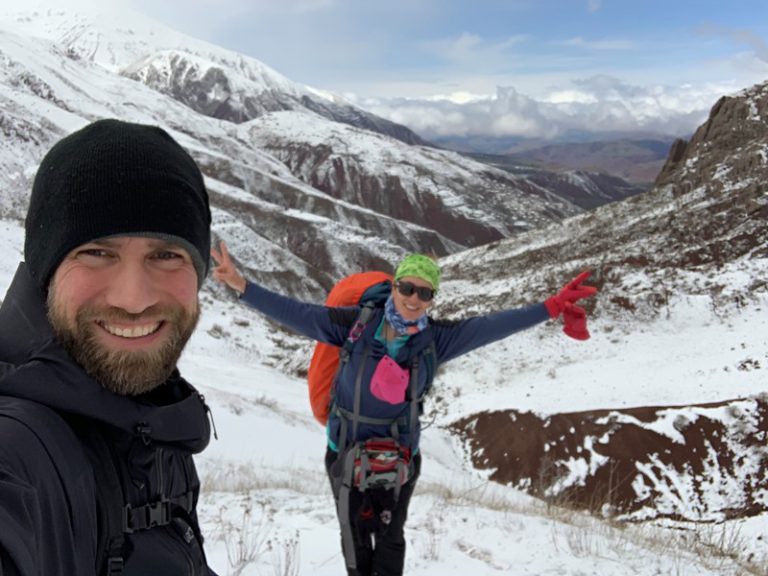
What can we do in Alamut Valley?
As the guide books like Lonely Planet, Bradt Guides and Stefan Loose say, Alamut is the best spot to do trekking in Iran.
Hiking in the mountains, visiting the canyons, and visiting Ovan lake, together is a full-day plan for you in Alamut.
Hiking among the castles of the Assassins and cross-Caspian trek can be THE memory of your trip to Iran.
Next to hiking, I am honored to host you in Alamut Valley to explore the legends and the true history of the Ismailis or the Assassins. What is exactly this religion, when it was formed, who did it survive, how it got powerful, and what is the current situation of the followers in the world. These and other questions, I will be happily looking forward to host tourists to answer all of them.
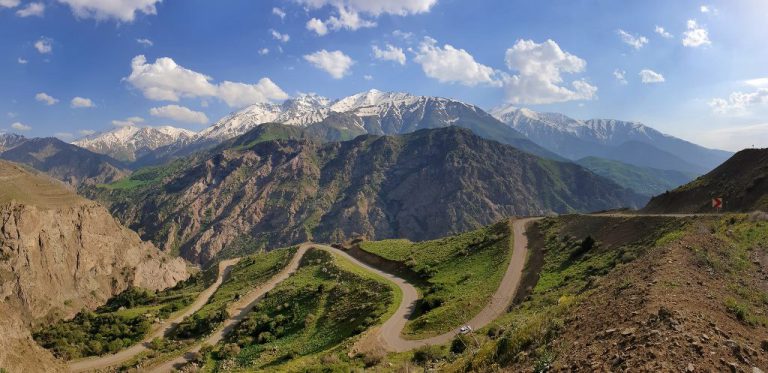
How can I travel to Alamut Valley?
To reach Alamut Valley, the best spot is Qazvin. This town as the gateway to Alamut, itself has some history to offer to you and fill your plan for about one full day.
To reach Qazvin, you can have your approx. 2 hrs drive from Imam Khomeini airport (the moment you arrive in Iran), from Zanjan, or from Rasht.
If you are in Mazandaran province of the Caspian and you decide to visit Alamut Valley, in some seasons that the road is open, I can arrange the transfer from Caspian to Alamut.
To go from Qazvin to Alamut valley, you have two main options:
- Taking public transportation. In this case, you really need to be ready for the bad driving habits of the Iranians like talking on the phone or messaging, smoking, passing over where it is not allowed, and racing on the mountainous roads of Alamut.
- Let me transfer you or arrange a transfer for you directly from Qazvin to Alamut and vice versa. I am a law-abiding professional driver. I even have my driving license for the minibuses and trucks. The drivers who I work with, are all law-abiding too. On my TripAdvisor page, you can read the comments about my driving style.
I am located in Qazvin which will give me the opportunity to pick you up from the bus stations in Qazvin, from the highway, or even from Rasht or the Imam Khomeini airport of Tehran.
I can meet at your hotel or in the beautiful caravansary of Qazvin to plan your one-day or multi-day trip to Alamut Valley.
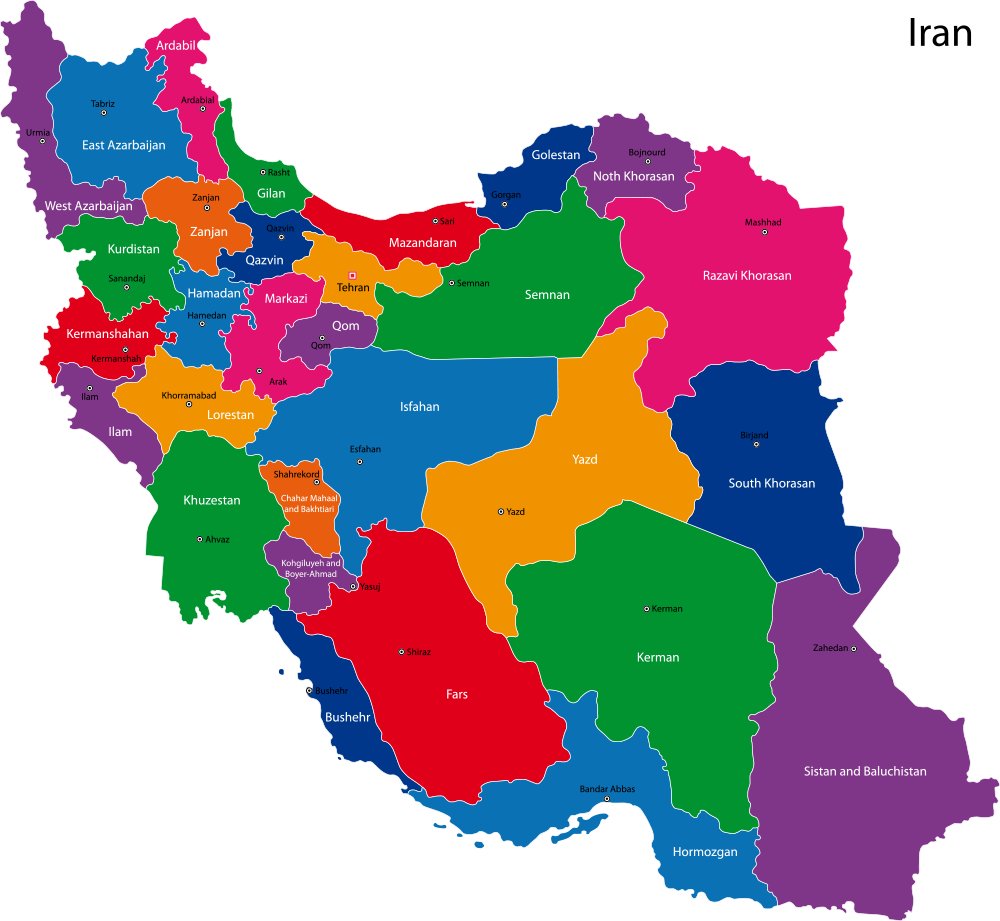
Where can I go before or After Alamut Valley?
Qazvin has some nice neighboring provinces.
Before or after Alamut Valley, you have the opportunity to explore Tehran. Tehran is a metropolis with a large range of cultures to offer. There are plenty of historical sites and lovely nature in northern Tehran.
Gilan province is another chance for spending time before or after Alamut. Rood khan castle and Masuleh village are located in Gilan. Rasht is the capital city of Gilan province.
Zanjan province is within 2 hrs from Qazvin towards the west. In Zanjan you can see Soltaniyeh, as the larger brick dome in the middle list. Soltaniyeh is on UNESCO list. From there you can take 2 more hours on the road to reach Takhte Soleiman. A great fire temple and also a site on the UNESCO list.
I can plan and perform your trip to Alamut Valley.
I can happily book your accommodation in Qazvin and Alamut Valley with no extra charge.

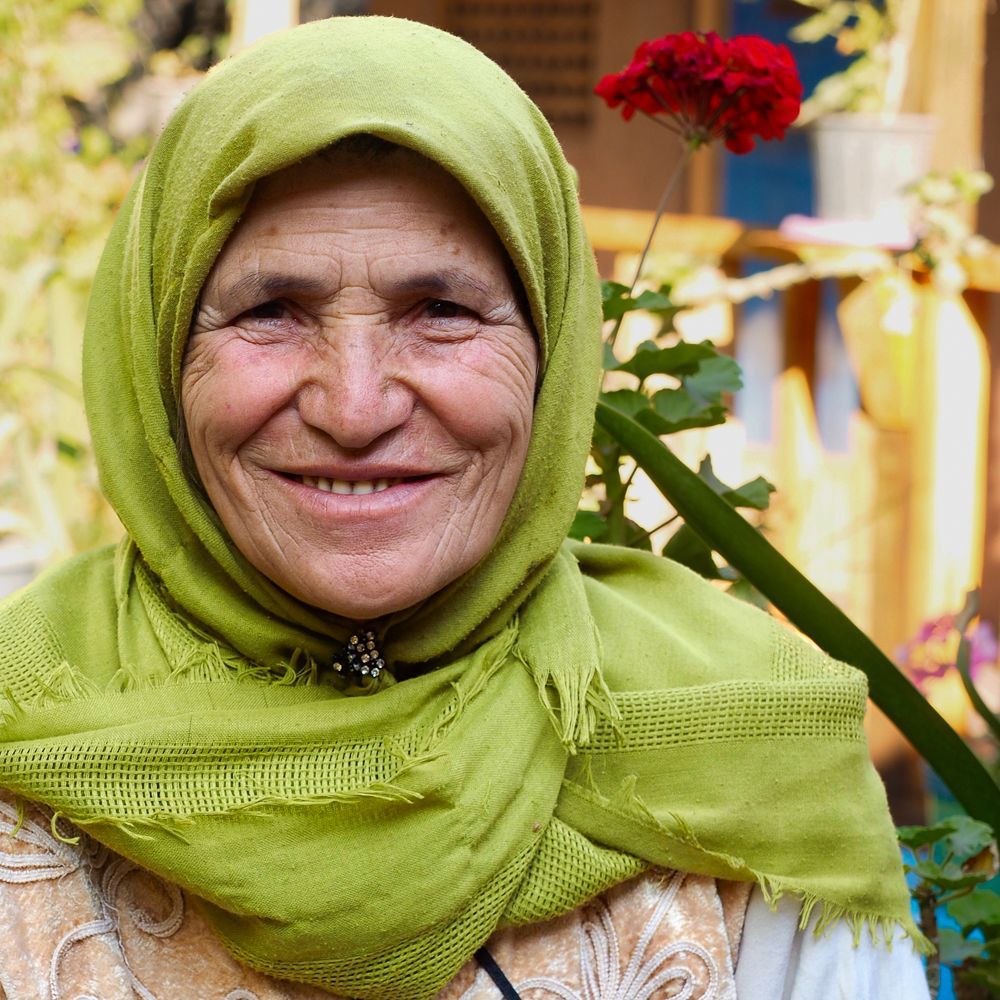
Pingback: Hiking in Tehran - Gate of Alamut